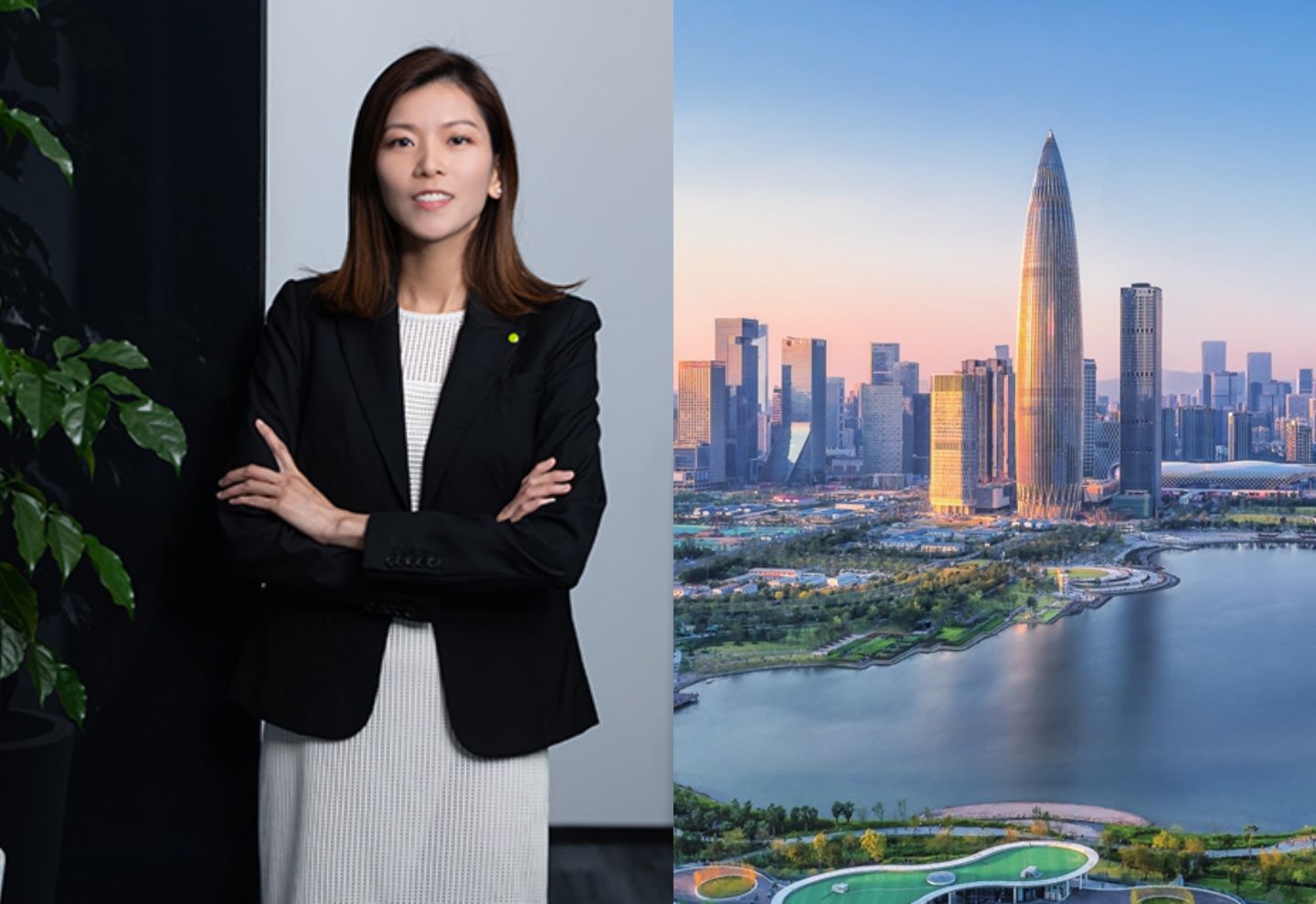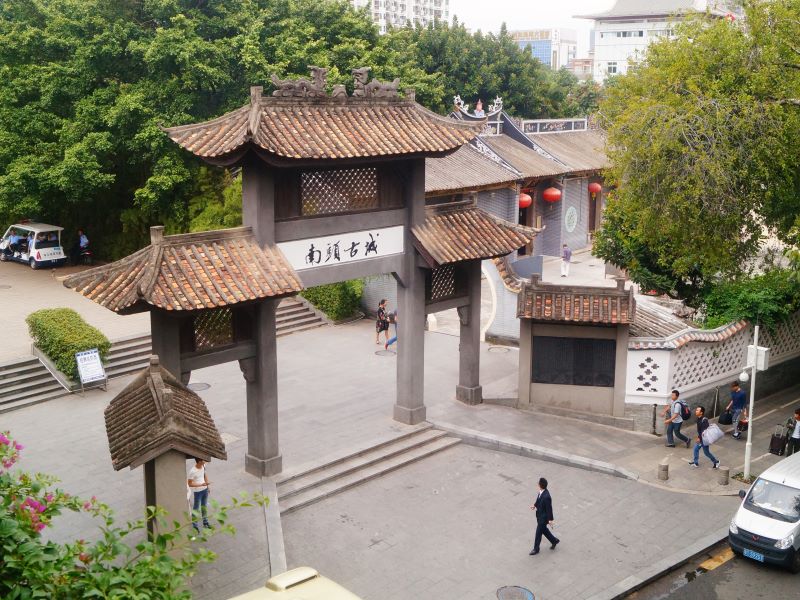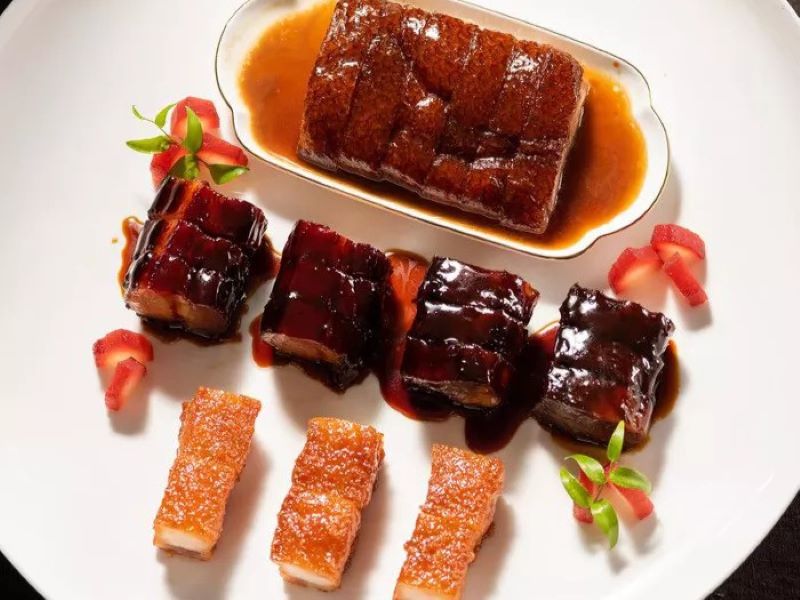
Yee has more than 15 years of experience in advising clients on business and intangible asset valuation.
A father is often thought of as a figure with a steady hand to guide a child through uncertainty. For Julia Yee, he is also a role model who nurtures his daughter’s ambition.
“My dad is an entrepreneur and I’ve observed how he worked tirelessly to grow his company. His determination, resilience and thinking are all qualities I greatly admire. He has influenced me to take calculated risks and embrace challenges,” says the KLite, who grew up in a big family with five children.
Those coming of age, who feel the sheer largeness of the world, do not always have the luxury of catching their breath before hurtling into adulthood’s unrelenting responsibilities. But Yee was taught to build on her character before her credentials and push her comfort zone so she might learn something.
“I was trained from young to be independent and self-reliant; hence, most of us [siblings] took a different education path and went to different schools. I followed my sister to attend Chinese Independent School, which helped me adapt faster when I moved to China. My upbringing in KL, coupled with my university days in Australia, has given me a unique blend of cultural understanding and linguistic versatility. These invaluable qualities allowed me to navigate diverse settings with ease and connect with people from all walks of life,” she adds.
Yee, now based in Shenzhen, is a mergers and acquisitions partner at Deloitte China with more than 15 years of experience in advising clients on business and intangible asset valuation, financial modelling, tax reorganisation, strategic advisory and litigation support work. However, the resilient problem-solver, whose key responsibilities also include staying abreast of industry trends and providing guidance to her team, did not always call this technological powerhouse her second home.
63836774_l_normal_none.jpg

In 2011, she was headhunted for a role at Deloitte Shanghai, despite never having set foot in the commercial epicentre, before being promoted to director in 2017 and relocated to Hangzhou to set up a team. When the firm shifted its gaze to grow the Greater Bay Area (GBA), Yee was asked to move to Shenzhen, a crucial engine of the GBA that covers nine cities around the Pearl River Delta in Guangdong province plus Hong Kong and Macau, in early 2021.
“There’s a famous saying that goes, ‘When you come to Shenzhen, you become a Shenzhen-er’. That’s because everyone in this ‘China Silicon Valley’ is from somewhere else. After I came here, I realised the term ‘Shenzhen Speed’ [a famous catchphrase originally coined during the early stages of Chinese economic reform to describe the fast construction of Guomao Building] does not apply to government services as they have a lot of paperwork and are rigid in their processes. But there have been notable improvements across the years,” notes Yee.
Shanghai, currently racing to become the nation’s cultural capital thanks to its art-centric disposition, still ranks high in overall technological prowess. But it does not need to rival or overtake Shenzhen — an ideas incubator for spillover innovators around the region — where it leads. How different are the working cultures in these megalopolises?
“I’d say each place in China has its own distinct characteristics depending on the economic focus, people, culture and pace of life. Shenzhen tends to have a younger workforce, with a higher proportion of executives in the C-suites who are more pragmatic and prioritise efficiency. As for myself, I realised my multilingual ability is an advantage as my clientele covers the GBA. Typically, in a day at work, I speak three languages namely English, Mandarin and Cantonese. Occasionally, my Hokkien comes in handy when I need to build rapport with my clients from Xiamen and Fujian,” explains Yee.
Holidaymakers often develop the misconception that Shenzhen may be too industrial or “manicured” as it seeks to claim the mantle of a pacesetter for the country’s next economic boom. Stay long enough though, and one will be able to suss out its many hidden gems, including creative site Nantou Ancient City, hiking trail Qiniang Mountain, contemporary art galleries, karaoke joints and eateries such as Bing Sheng Pin Wei’s special char siew and 79 Hao Yu Chun Hai Xian Fan Dian’s fresh seafood which re-energises many a hustling techpreneur. Although electric vehicles are poised to help the automotive industry pull ahead of its Western counterparts, the city’s expansive public transport network is convenient enough to skip driving altogether.
bing_sheng_pin_wei_1.jpg

“Most cities within the GBA are accessible within one to 1.5 hours by high-speed rail and ferry. That’s why the GBA is known for its ‘one-hour living circle’ lifestyle [where every destination in the ecosystem can be reached within an hour’s commute]. You can easily take a day trip to Foshan, famous for traditional ceramics and also the hometown of Wing Chun. I’d recommend stopping by the Wong Fei Hung museum, Ancient Nanfeng Kiln and Zumiao commercial street. Fill yourself up with roast duck, Shunde milk, double-layered milk custard, Foshan-style pork ribs, fish cakes, as well as tofu and congee later,” enthuses Yee.
Shenzhen, given a leg-up through liberalisation policies, paints a promising prospect for innovation-focused development amid China’s blueprint for rapid reform. Tourism aside, trade ties between its international neighbours, particularly with Malaysia, also look stronger than they seem.
Yee is fairly optimistic. “There has been good news, such as multiple memoranda of understanding (MoUs) being signed, ByteDance’s billion-dollar investments and visa exemptions. China’s investment aligns with Malaysia’s long-term goal of moving away from traditional sectors to more innovative, green and high-tech industries. At the same time, the Chinese government is also encouraging state-owned enterprises and Chinese private companies to ‘go global’ — investing in Malaysia fits in with the Belt and Road initiative. And with the free travel reciprocal policy, I see more of my Malaysian friends making trips to this part of the world, and vice versa.”
China, and the many thriving corporate firms it houses, are showing no signs of slowing down. For the ever zealous, there will always be another business conundrum to solve or another risky initiative to evaluate. At least, when time permits, the wildlife-loving and outdoorsy Yee has South Africa and Antarctica on her bucket list to look forward to.
This article first appeared on June 24, 2024 in The Edge Malaysia's 'Loong Report', which commemorates 50 years of Malaysia-China relations.


